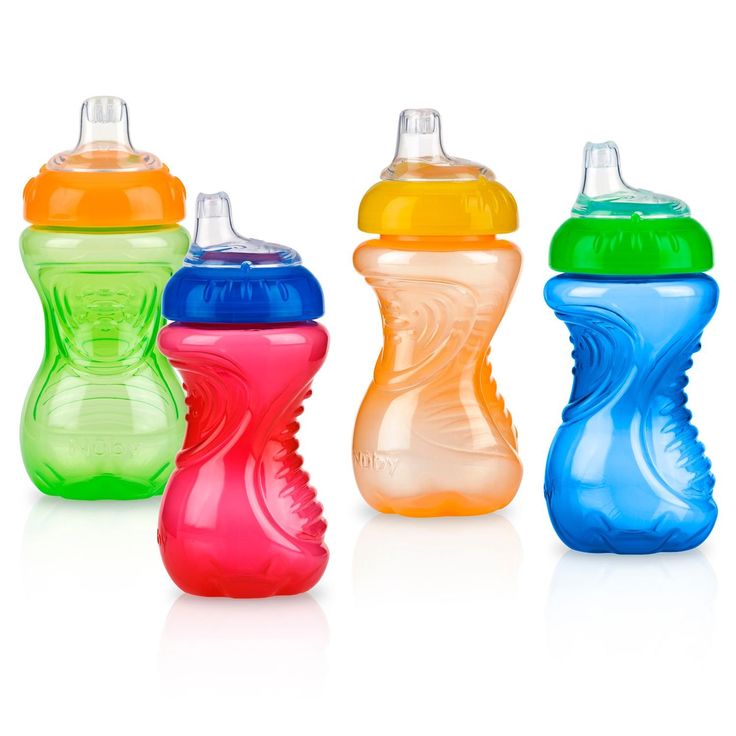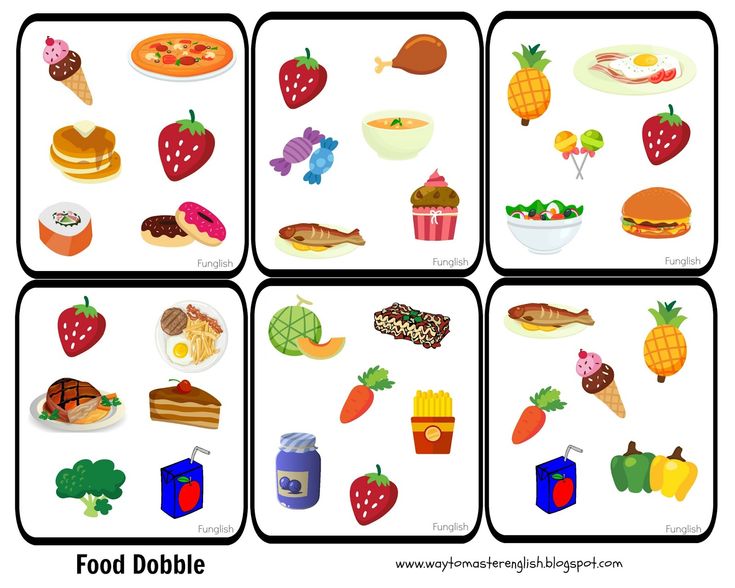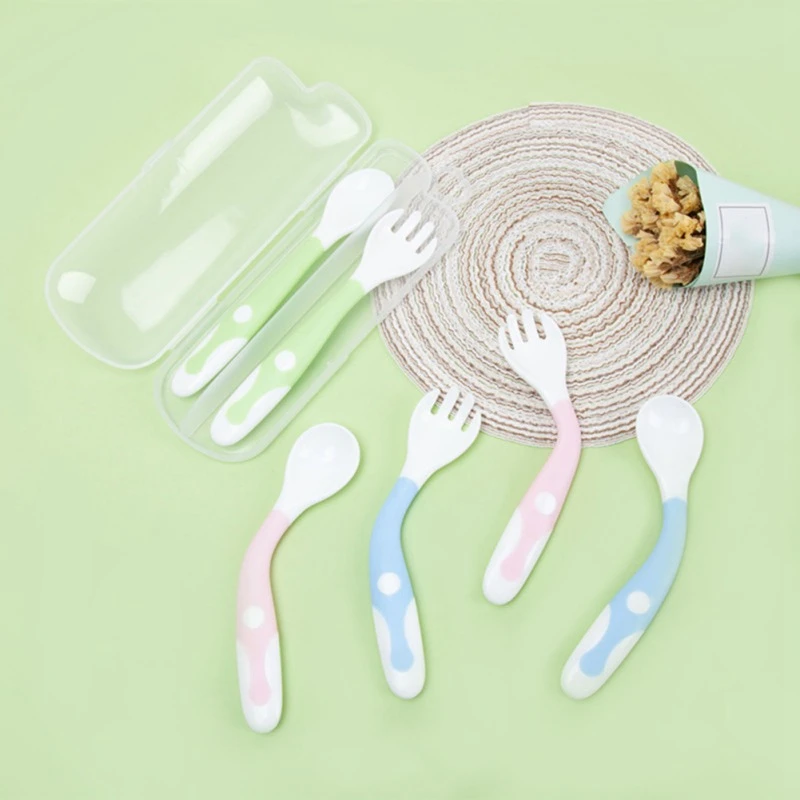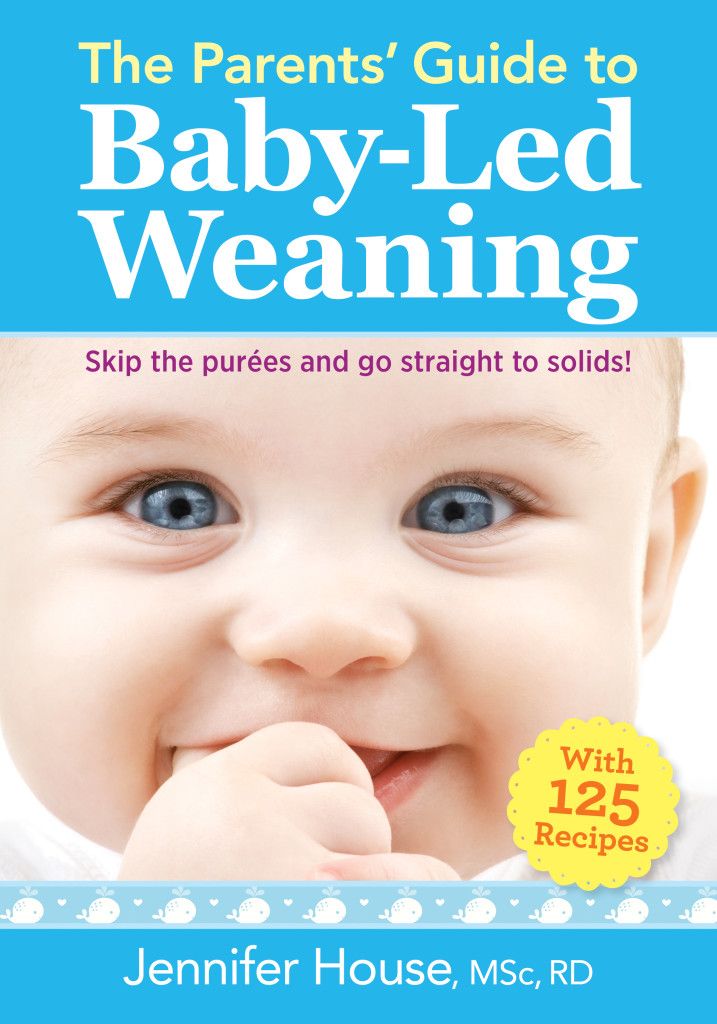How to stop baby cluster feeding
Do's & Dont's (Plus How To Do It Right)
What's in this post...
Are you busy with a cluster feeding newborn? This will help you know what to do so you’re not up all night feeding a baby every hour.
Newborns are perfectly snuggly and sweet and warm and wonderful.
But it can be hard to survive.
If they won’t sleep well, don’t seem to be eating well, and are irritable due to gas pain, overtiredness, or even baby teething… then you can feel like you’re slowly starting to lose your mind from lack of sleep and complete world upheaval.
A common phenomenon with little ones… cluster feeding.
What is it?
Cluster feeding (n): A breastfeeding pattern when baby groups several feeding sessions in a short window of time. It can happen for a number of reasons (some purposeful, some not), which we’ll dive into below.
Some other names for this are topping up or tanking up (giving baby a bit more to make sure they aren’t hungry when they go to bed) or even split feeding.
Split feeding is used when you sort of divide up a feed into two so that baby gets what they need immediately, then some more again before going off into dreamland.
How babies cluster feed – 4 likely scenarios:
- Baby cluster feeds at night, but not during the day.
- Baby cluster feeds both day and night.
- Or baby snacks but never takes full long feeds.
- Baby cluster feeds sometime in the late afternoon/early evening period (5 pm to 11 pm) on purpose.
Rules of thumb while cluster feeding your newborn
Cluster feeding can really feel difficult or confusing, but I want to assure you that these newborns days are intense yet they will pass.
And the habits you start now can create a strong foundation then fade out naturally into a mutually beneficial routine.
Remember, during this time you may find your baby log comes in handy to refer back to.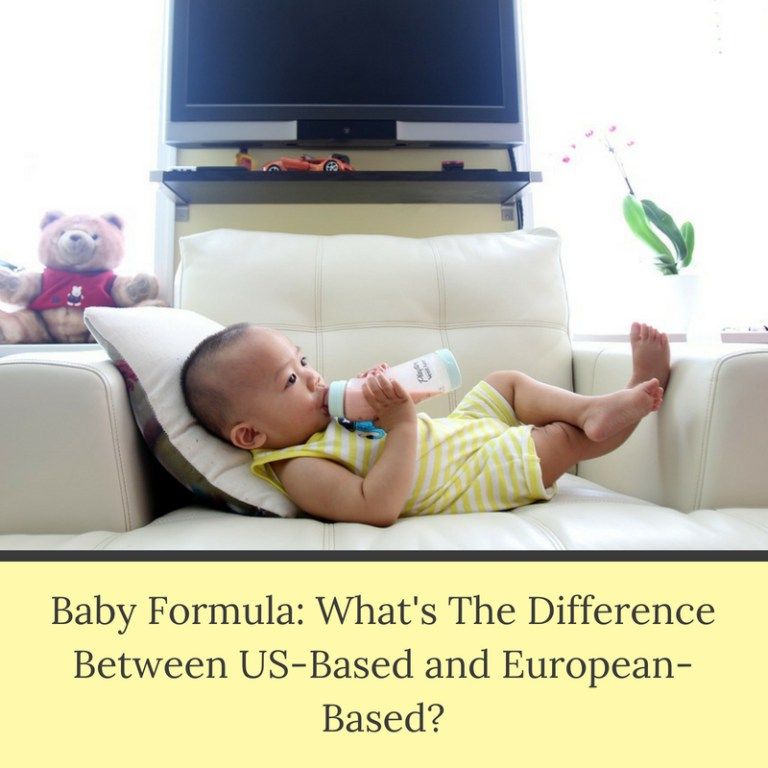
Reasons cluster feeding works
So first of all, you’ll end up cluster feeding at some point in the day with your newborn.
Their tummies are tiny and they need to fill them up at regular intervals.
This is actually a good thing and you can use this feeding rhythm to your benefit in a way that means baby gets more sleep and you do too.
Read: End Baby’s Witching Hour — In 4 Simple Steps
If you are reading this, exhausted from excessive breastfeeding (which according to research is a common reason many mothers abandon breastfeeding altogether) then please know you don’t have to feed every hour around the clock to successfully breastfeed.
As a certified infant and child sleep consultant and mother of 5, I can attest to this.
Reasons Tanking Up Is Beneficial And Why Babies Do It:
- Your baby gets lots of nourishment in a shorter period of time which is beneficial during the late afternoon/early evening hours when, depending on your personal stress levels, milk quality may be lower.
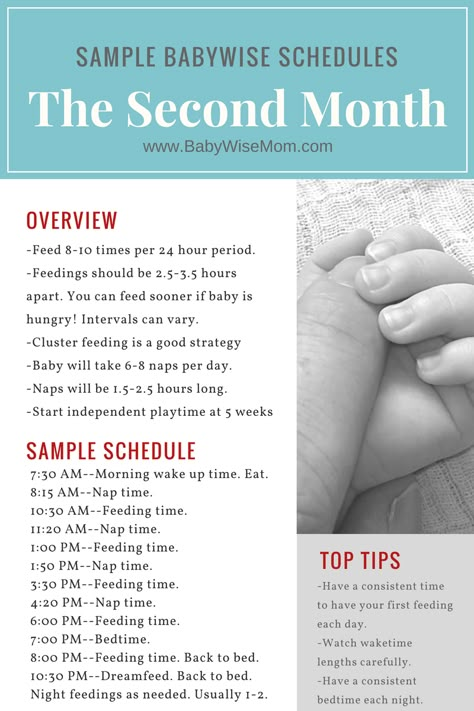
- Baby can sleep longer stretches after cluster feeding periods.
- Mom can sleep longer stretches because baby is sleeping longer stretches.
- Milk supply can be kept up with regular feeding.
- Cluster feeds help babies get through growth spurts by maintaining adequate milk supply.
Read: Dreamfeed: The Why, The How, & When To Stop
Watch my video on an important cluster feeding issue.
Hourly feedings at night: day night confusion?
If your baby cluster feeds at night, but not during the day then sweet baby probably has some day night confusion going on.
The goal is to make those cluster feeds during daytime hours so they’re sleeping longer stretches at night.
If baby wants to nap for 4 hours during the day… well… don’t let him!
Follow my newborn sample routine or do what works for you, but know that if you let baby sleep long stretches during the day he will be up more frequently at night.
Read: What To Do When Baby Is Feeding Every Hour (& Not Sleeping!)
Newborn Settling Guide
Tried-and-true *hands on* newborn settling strategies that even the most fussy (or wide-awake-sleep-refusing) newborns cannot resist!
Learn More
The way forward?
Purposefully cluster feed your newborn in late afternoon and early evening and make sure baby is taking full feeds.
This means at least 10 minutes per breast if you’re nursing, often times twice that.
Read: Cocooning a Newborn & 7 Reasons Why it Can Be Good For The Family
PRO TIP
You can tell when baby is no longer actively nursing but just remaining latched on in a few ways.
First, look at the muscles on baby’s cheek. If they are nursing it will be moving up and down. Next, discern whether baby is swallowing or not.
Then, look at baby’s chin, is it moving as it does during active sucking (aka nursing).
If none of these are happening baby is likely asleep and engaging in non-nutritive sucking.
Read: How To Fix Day/Night Confusion In 3 Nights Or Less
Cluster Feeding CHECKLIST
Use our checklist to use cluster feeding to your advantage without feeding every hour all day every day!
How to stop cluster feeding at night (if you’re ready)
Whew.
Ain’t no mama want to be up every hour at night. The good news is you don’t have to be.
Even if you are feeding every hour through the night, you can shift that and begin getting longer stretches at night.
What’s the only way to stop cluster feeding at night?
Make sure baby is getting as much milk as they can throughout the day.
Don’t let baby snack while nursing. 10 minute feeds throughout the day mean baby will be up all night because baby is hungry and needs milk.
When you start giving baby full feeds throughout the day (this will mean you’ll have to do jump through some hoops to keep baby up) and baby settles into a predictable routine then they’ll sleep longer stretches at night.
Read These While You’re At It
Purposefully cluster feed in the late afternoon period when the milk supply is at its lowest quality (4 pm onwards) so that baby’s tummy is as full as it can be.
This will promote deeper sleep.Eventually, even if baby wakes frequently at night for feeds, if you are not giving long full feeds throughout the night baby will get it.
It’s super hard when your newborn is cluster feeding all night, but you will get there and it will get easier!
Read These While You’re At It
Are you feeding your newborn both day and night?
If you have a cluster feeding newborn both day and night there are only a few likely alternatives.
- Milk supply is low and baby is starving.
- Baby is going through a growth spurt and is starving.
- Baby is only “snacking” and not taking full feeds or getting to the hindmilk rich in nutrients because he just takes a bit then stops.
The best way to help baby stop cluster feeding day and night is to determine which issue you’re having.
If it’s milk supply then continue feeding until your supply is up or supplement with formula (see a lactation expert).
Alternatively, if baby is going through a growth spurt then there’s nothing to do but wait it out and feed baby as much as possible to keep them full and get your supply up to meet the demand.
Newborn Feeding Chart
Use this simple printable chart to track your feeds to make sure baby is fed, your supply is up, and everyone is well.
What to do if baby only “snacks”
- Keep baby awake during feeds by taking off their clothes except diaper.
 You can also rub their feet, cheeks, or hands with a baby wipe or keep trying to stimulate them to stay awake long enough to feed. You can put them on a soft blanket or tummy time mat and let them kick in their diaper until they’ve woken up, then continue feeding.
You can also rub their feet, cheeks, or hands with a baby wipe or keep trying to stimulate them to stay awake long enough to feed. You can put them on a soft blanket or tummy time mat and let them kick in their diaper until they’ve woken up, then continue feeding. - Try not to put baby down to sleep if they fall asleep while nursing unless they just won’t wake up. Keep trying to feed baby even if it takes a bit of time so they’ll get as much as they can.
- Differentiate between active nursing and non-nutritive sucking, and let baby do one but maybe not the other.
- Give the baby a pacifier (the pacifier I recommend that stays in baby’s mouth) if they wake and want to nurse right after having nursed a short time ago. They might just need to satisfy the sucking urge and this will help. Also, the next time they feed after this will mean they’ll take more milk and keep your supply up. “Snacking” can contribute to a lower milk supply because baby is never emptying a breast and getting the rich milk.

Eventually by doing those things baby will stop snacking and start taking fuller feeds which will naturally result in longer times between feeds.
Read: The Ultimate Newborn Sleep Schedule: Week By Week For The Postpartum Period
Cluster feeding in the early evening
The prime time to have newborn cluster feeding sessions is the late afternoon early evening.
As I previously said, the milk supply can be lower in quantity and quality at this time due to the stresses of the day.
Because of this, feeding baby every 2 hours for a few hours will help keep your supply up, will keep the little one happy, and will set them up to sleep longer stretches at night.
Your evening routine might look something like this.
4:30 p.m. Nurse and nap
6:30 p.m. Nurse and catnap (or skip nap)
8:30 p.m. Nurse and bed
10:30 p.m. Dreamfeed
By purposefully cluster feeding in the right time you’ll help everyone sleep more at night while keeping your precious one topped up on milk.
Summary
- Feed every 1.5 to 2 hours during the early evening.
- Give baby plenty of milk before their bedtime so they are satisfied and sleep longer.
- Cluster feed during the DAY so you don’t find yourself having to cluster feed at NIGHT.
- Drop the cluster feeds when baby is no longer interested in one of the feeds.
Remember, feeding at frequent intervals in the late afternoon early evening will not solve actual sleep problems, but it will help your little one have a full tummy.
Sleep issues might subside if they were hunger related.
Cluster Feeding CHECKLIST
Use our checklist to use cluster feeding to your advantage without feeding every hour all day every day!
Rhythms, Routines, & Schedules Pack
Easy to implement routines, rhythms and schedules from birth through school-aged kids to help you streamline day-to-day life with kids, including a step-by-step guide for getting started.
Learn More
Need sample routines for babies 6 weeks and older?
By now, you know how to handle the early days, but what after? Here is the good news: you’ve set your baby up for a foundation of success.
Now all you need to do is continue to find routines that work for you and your baby as they grow up and begin getting bigger and bigger.
Sob.
After having 5 babies with 5 different personalities, I know a thing or two about finding a good schedule.
This is why I’ve created a book of sample routines and schedules for babies ages 6 weeks up to 5 years.
The book includes information on how long to let baby stay awake, how much play time is good for each age, what to do with baby when baby is awake but not quite mobile, and even how to manage toddler and baby joint routines.
Chapters covered in Rhythms, Routines & Schedules include:Section One: Sample Schedules
- 6 Weeks to 3 Months Old
- 3-6 Months Old
- 7-9 Months Old
- 9-12 Months Old
- 12-18 Months Old
- 2-3 Years Old
- 4-5 Years Old
Section Two: Tips and Tricks
- Tips for Managing the Day With Multiple Children
- Daily Rhythms for an Only Child Ages 1-4 Years Old
- Daily Rhythms for Multiple Small Children Ages 0-5
- Sample Bedtime, Mealtime, and Playtime Routines
- Tips for Keeping Kids Busy Throughout the Day
For more sample routines, mom tested and approved schedules for babies ages 6 weeks and up, check out Rhythms, Routines & Schedules right now.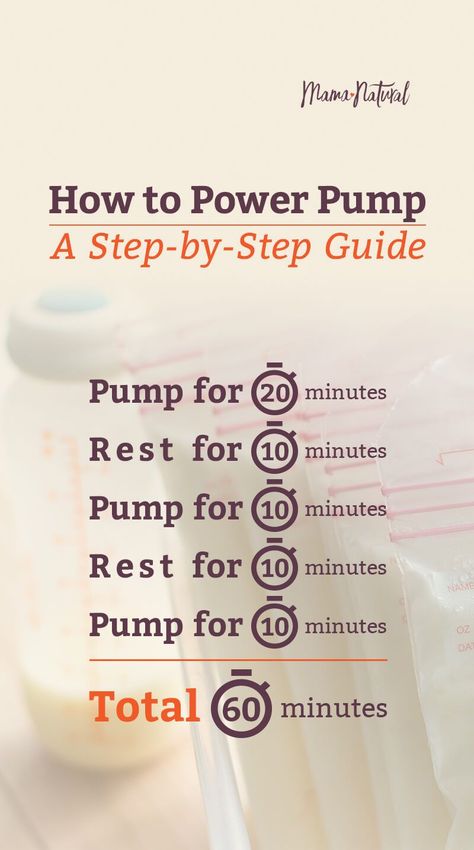
Cluster Feeding FAQ
How long does cluster feeding last?
Cluster feeding typically will happen until around 4 or 5 months of age. Once baby is around 5 months (see the 5 month old schedule here) and they are eating solids, there isn’t as much of a need for cluster feeding.
Does cluster feeding increase milk supply?
If your supply is low and baby is frequently feeding, this will increase your supply. Milk supply and quality is typically lower in the late afternoon early evening and cluster feeding can help fill baby.
Can you overfeed a breastfed baby?
Babies need to eat when they are hungry. Too much “snacking” can mean that baby is getting a lot of the foremilk which is less nutrient dense and will contribute to more feeding. Solution? Full feeds with hindmilk for baby.
Is cluster feeding all day normal?
Yes and no. Babies can tend to feed every hour all day long if they aren’t getting enough milk or they are snacking. If baby is feeding every hour all day long they’re not actually getting much food, they are using your breast as a snack bar. If you’re okay with this, then you’re good to go. And if not, focus on full feeds.
If you’re okay with this, then you’re good to go. And if not, focus on full feeds.
Is it normal for a newborn to breastfeed every half hour?
If babies take full feeds (nursing for 30 to 45 minutes typically) they won’t need food every half hour or even every two hours. If they snack they will feed more frequently.
Sources:
- Fatigue associated with breastfeeding is a major cause in why women stop
- Excessive night waking is associated with increased maternal depression
- Breast milk composition (specifically nucleotides) helps varies by time expressed, late evening feeding linked to more melatonin production in babies
Family Routines Reboot
Take our 3 day challenge to create life-giving family, child, and self-care routines.
Learn More
::
Cluster Feeding Defined and How to Manage It
Cluster Feeding Defined and How to Manage It | Medela We use essential and functional cookies, which are necessary to display our website correctly, and additional cookies to provide you with more personalized information and marketing.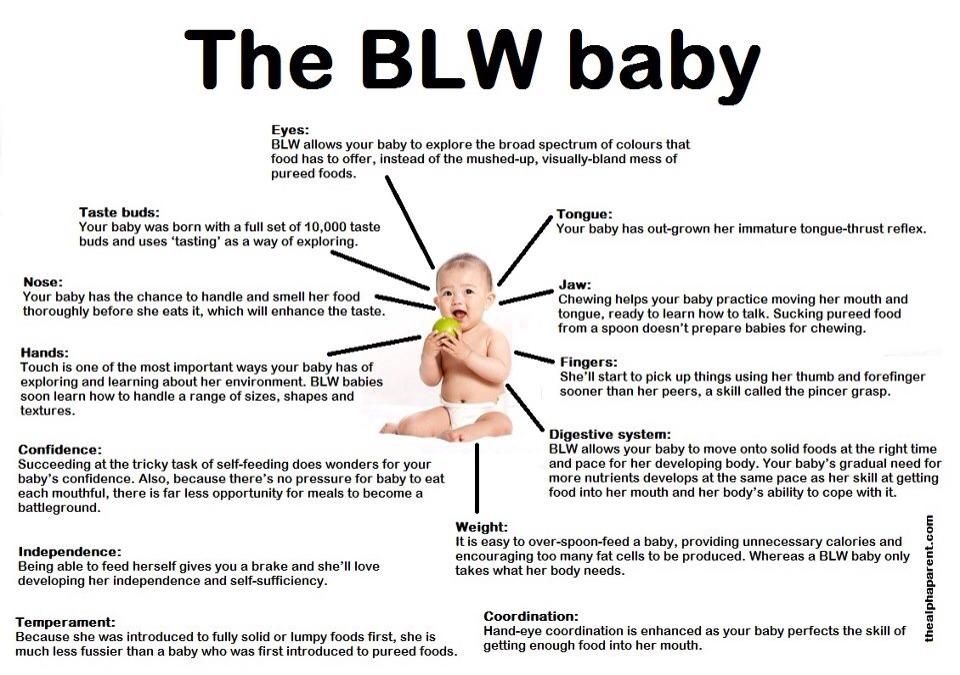 Additionally, we use anonymized analytics cookies to review our traffic and to allow the best experience possible whenever you visit. We also share the anonymized information about your use of our site with analytics partners. For more information please visit our Human Milk Website Privacy & Cookie Policy.
Additionally, we use anonymized analytics cookies to review our traffic and to allow the best experience possible whenever you visit. We also share the anonymized information about your use of our site with analytics partners. For more information please visit our Human Milk Website Privacy & Cookie Policy.
Cart
Added to your cart!
Checkout
View Cart
Buy/Rent A Pump Sign InBreast Pump Rental Free Breast Pump Join Medela Family
All Products Breast Pumps Storage Feeding Accessories Spare Parts Cleaning Apparel Breast Care
Breast Pump Rental Breastfeeding Guide Ask the LC NICU Feeding Product Help
- Medela US
- Breastfeeding Education, Tools, and Support
- Breastfeeding Guide
- How To Manage Cluster Feeding And Fussy Evenings
Here, we're tackling cluster feedings and why your baby gets fussy in the evenings, so you can rest easy and learn tips for soothing your little one.
Share this content
Cluster Feeding - Causes and Solutions
It's not unusual to have a content, cooing baby one day and a fussy little one the next who is constantly demanding to nurse. Read on to learn about cluster feeding, what causes it, how long the stage may last, and what you can do to help your baby.
Fussy Baby - Is Your Baby Cluster Feeding?
Breastfeeding creates an unmistakable bond between you and your baby. This bond brings emotional security and comfort to your baby, while providing the best nutrition possible. So, it’s no surprise babies are eager to nurse often and enjoy that special time with you.
But even if you love that special time with your baby, many moms question whether their little one’s behavior is typical and how to manage frequent nursing demands. This is what's known as cluster feeding and it's why your baby tends to get fussy in the evenings. The most important thing for you to know? In most cases, your baby's behavior is completely normal.
This is what's known as cluster feeding and it's why your baby tends to get fussy in the evenings. The most important thing for you to know? In most cases, your baby's behavior is completely normal.
What is Cluster Feeding?
Cluster feeding is when your baby has several feedings close together during a certain period of time, often in the late afternoon or evening. So, even though you are feeding your little one every couple of hours most of the day, cluster feeding is characterized by your baby nursing for short periods, coming off your breast, nursing a little more, fussing, nursing more, hiccuping, and so on and so forth. Don’t worry! It’s completely normal, and some babies may cluster feed every day.
Cluster feeding is most common in very young babies, but can also happen with older babies who have a tummy ache or are going through a growth spurt.
Can I Produce Enough Milk to Meet Baby's Demand?
A mother’s body is very in tune with her baby’s needs.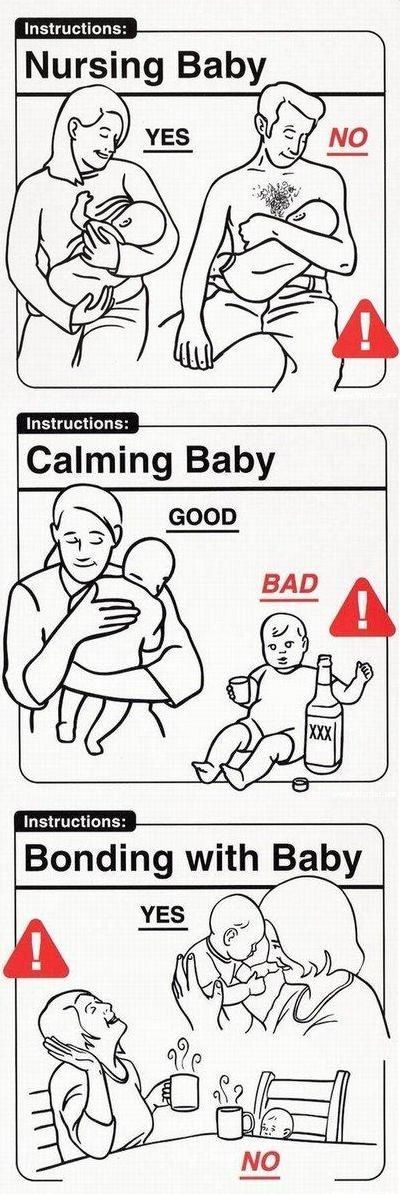 For that reason, it’s always best to nurse whenever your little one wants to. Nursing or pumping often is the best way to maintain supply and ensure your baby is getting all the breast milk they need. And while many moms find cluster feeding difficult to manage, you should know that over time, your baby will nurse less often and for less time, especially after introducing solids.
For that reason, it’s always best to nurse whenever your little one wants to. Nursing or pumping often is the best way to maintain supply and ensure your baby is getting all the breast milk they need. And while many moms find cluster feeding difficult to manage, you should know that over time, your baby will nurse less often and for less time, especially after introducing solids.
Why Do Babies Cluster Feed?
You know the drill. Your baby is happy and content all day, and then dinnertime hits, and suddenly they become ornery, fussy, and seemingly inconsolable. This type of fussiness often goes hand-in-hand with cluster feeding. So, what gives? While it’s not totally clear what causes this common nighttime ritual, researchers have some ideas:
- Baby is Overtired. It’s hard being little! If your baby isn’t getting plenty of nap time during the day, it’s not unusual for them to get tired toward the end of the day and then get fussy. And, unlike adults, babies aren’t able to calm down and just go to sleep.
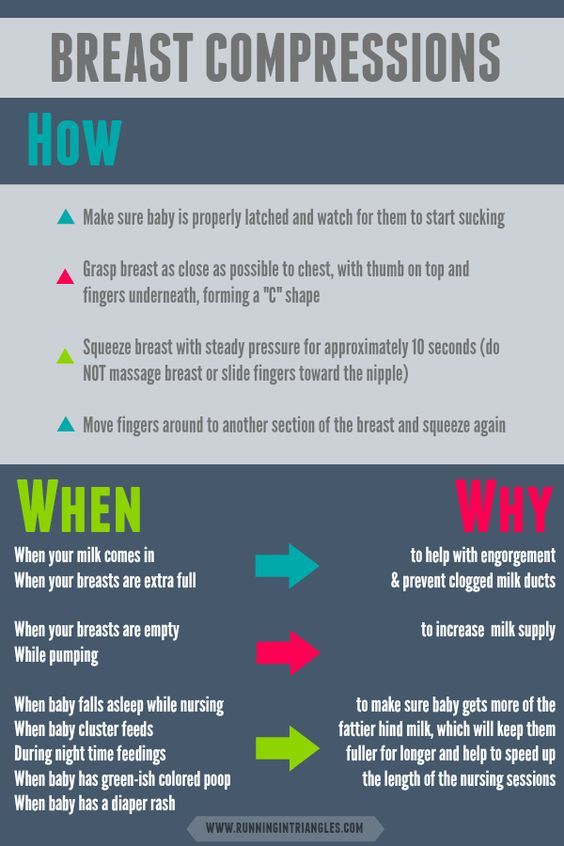 They rely on you to comfort them, snuggle them, nurse them, and help them relax so they can drift off to sleep.
They rely on you to comfort them, snuggle them, nurse them, and help them relax so they can drift off to sleep. - Baby is Overstimulated. Many doctors believe evening fussiness is caused by your baby’s immature nervous system. Basically, what that means is that your little one isn’t used to all of the stresses and stimuli of everyday life, so they react to this overload by crying. Your best bet is to keep your baby close to you (or your partner!) by snuggling and carrying them, nurse them when they want to nurse, and reduce stimuli like bright lights, loud sounds, and busy or cluttered rooms.
- Baby Growth Spurts. Your baby's little body is growing and changing fast! If they happen to be going through a growth spurt, they're going to want more nourishment and may begin cluster feeding. If that's the case, you may find your baby wanting to nurse every 30 minutes to an hour.
How Long Does Cluster Feeding Last?
A continuously fussy baby can become stressful. Don't worry, mama! Like so many other things, your baby will grow out of this stage and move on to the next. In fact, the good news is that many babies outgrow this fussy stage by 3 - 4 months old. In the meantime, be patient and know that every ounce of milk and love your little one gets is precious.
Don't worry, mama! Like so many other things, your baby will grow out of this stage and move on to the next. In fact, the good news is that many babies outgrow this fussy stage by 3 - 4 months old. In the meantime, be patient and know that every ounce of milk and love your little one gets is precious.
How to Stop Cluster Feeding
What makes cluster feeding even more challenging is that it often happens during your baby’s fussiest time. Your little one might nurse for a few minutes, then fuss, then take a little more, and so on. If that sounds familiar, try some of these soothing techniques to help calm your baby:
- Move around. Whether it’s rocking, swaying or walking, sometimes motion can help soothe your little one.
- Sing, hum, talk, or listen to soft music or white noise.
- Hold your baby or wrap them in a sling or baby carrier to help them feel close and secure.
- Reduce stimulation by taking your little one into a quiet, dark room or try swaddling them.

Don't forget to give yourself a break too! Fussy babies and cluster feeding can be frustrating, so it’s important to take a moment to relax. Hand your little one off to your partner or put them in their crib if they’ve finally dozed off, and go for a short walk, take a shower, or just sit by yourself quietly for a few minutes.
Termination of breastfeeding | Stopping breastfeeding
When is it time to stop breastfeeding and what is the best way to do it? Read our article for useful practical tips on weaning.
Share this information
How long should breastfeeding continue? Three months? Six? Year? Or maybe a few years?
The World Health Organization (WHO) and other authorities recommend that infants be exclusively breastfed for the first six months and then continue to be breastfed along with other foods (complementary foods) for at least two years. 1
The fact is that breast milk is not just food. It is a natural sedative if the child is anxious or tired. In addition, milk contains immune-boosting components, the amount of which increases dramatically when the baby gets sick. 2
It is a natural sedative if the child is anxious or tired. In addition, milk contains immune-boosting components, the amount of which increases dramatically when the baby gets sick. 2
According to anthropologists, the natural age of a person to stop breastfeeding is even more than two years. Given factors such as tooth development, body weight, comparison with other primates, and historical evidence, some scientists believe that breastfeeding may last up to two to four years. A number of researchers even believe that our ancestors breastfed children up to six or seven years of age. 3
Today, more than 60% of mothers in developed countries start giving their babies formula or complementary foods before six months of age, 4 although WHO does not recommend this.
When is it time to stop breastfeeding?
Weaning means that you gradually stop breastfeeding your baby. Ideally, the first step in this process is the gradual introduction of complementary foods, starting at about six months of age.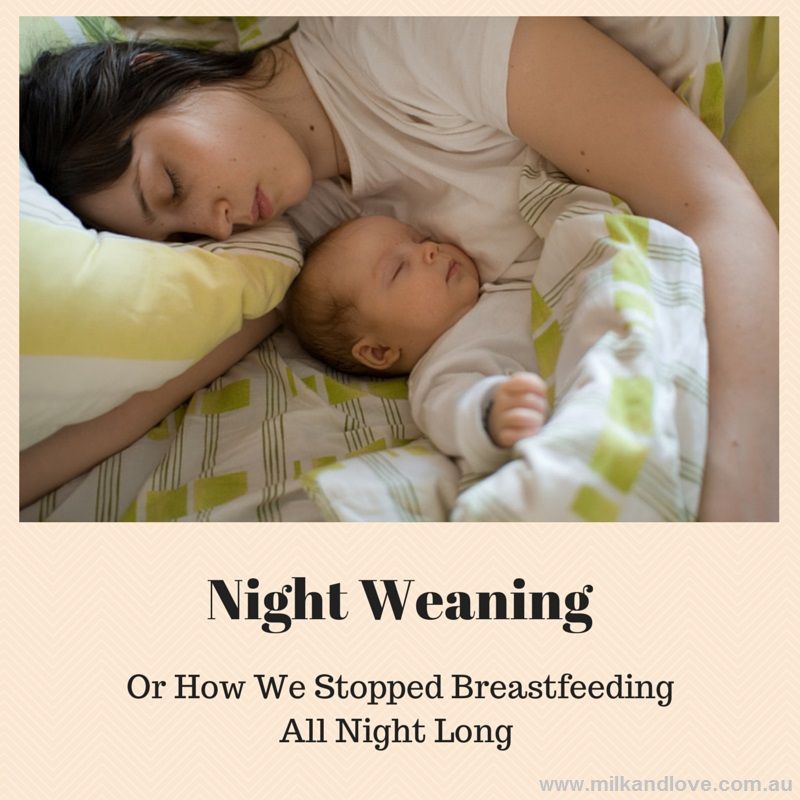 In this case, breastfeeding continues. The weaning process continues until the mother's milk has been completely replaced by other foods and drinks.
In this case, breastfeeding continues. The weaning process continues until the mother's milk has been completely replaced by other foods and drinks.
“After six months, the baby needs higher doses of certain nutrients, such as iron, zinc, vitamins B and D, that he cannot get from breast milk or from his own reserves,” says Sarah Beeson, health visitor from Great Britain.
“But solid food should at first only supplement the main diet with breast milk and gradually replace it. Mother's milk remains the main source of nutrition for the baby for many months to come.”
On average, a seven-month-old baby gets 93% of its calories from breast milk. And even between the 11th and 16th months, milk provides him with about half of the daily calorie intake. 5
“Sometimes moms think that breastmilk isn't that important once a baby has started solid foods, but the truth is, no matter how many months old a baby is, there's nothing better than your milk,” continues Sarah.
In fact, the process of finishing breastfeeding can take as long as mother and baby want. “When to stop breastfeeding is up to you,” says Sarah. The only thing that matters is what you think is right for you and your child.”
How to wean
Whenever you decide to start weaning your baby, it's best to do it gradually. An abrupt cessation of breastfeeding can lead to lactostasis, blockage of the milk ducts and mastitis, and in a child such a sudden change can adversely affect the state of the digestive and immune systems. In addition, it will be difficult for both of you psychologically.
When should I stop breastfeeding?
Sometimes mothers mistakenly believe that it is time to stop breastfeeding, when in fact there is no reason to. If you're returning to work, breastfeeding can be a great way to stay close to your baby during this difficult time for both of you. You can express milk at work, and morning and evening feeding sessions will give you the opportunity to spend time alone with your baby. If you need to leave without your baby, you can also express milk and bring or send it home.
If you get sick, this is not always a reason to stop breastfeeding. Read our advice in the article on breastfeeding when sick and consult with your healthcare professional.
Weaning up to six months
If you cannot continue breastfeeding until six months and want to try weaning your baby, start by replacing one feeding a day with a bottle of formula.
“It's best to start with midday feedings. Babies are very alert and able to smell breast milk nearby, so ask your partner or relative to give your baby a bottle when you're in the other room,” Sarah advises.
“Be hygienic when preparing meals. Be prepared for the fact that the baby will take fewer servings of expressed milk per day than if he was fed directly from the breast. Don't make him eat more milk than he wants."
You will probably feel that your breasts are fuller and more tender. This is due to the fact that your body is rebuilding to produce less milk. If this creates discomfort, try expressing some milk—just enough to relieve the discomfort without stimulating extra production.
When your body adjusts to the new volume - usually after a few days - replace with formula for one more meal a day. Continue this until you have changed all feedings and your baby is completely weaned.
“I had complications after my first birth, as a result I lost a lot of weight very quickly, and besides, I developed mastitis. Lactation was very weak, and at three months I was forced to stop breastfeeding,” recalls Jennifer, a mother of two from the UK, “I gradually replaced one feeding, so physically it was easy, but mentally it was hard for me.”
If you want to maintain closeness with your baby and all the health benefits of breastfeeding, but still need to cut down on breastfeeding, try partial weaning, replacing only a few feeds a day with formula.
Weaning after six months
Once your baby starts eating solid foods (about six months old), you will notice that breastfeeding naturally occurs less and less.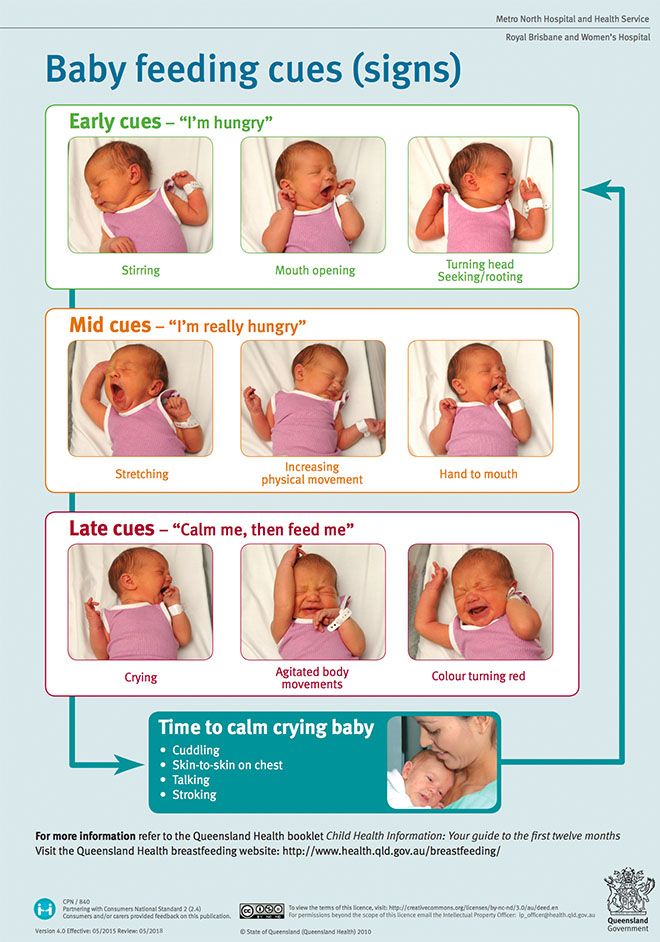 For a year, it can be reduced to just a couple of times a day, and feedings will be replaced by full meals and healthy snacks.
For a year, it can be reduced to just a couple of times a day, and feedings will be replaced by full meals and healthy snacks.
Anyway, if you intend to continue to reduce breastfeeding, do it gradually, replacing one feeding at a time. Use formula milk if your baby is under 12 months old. With cow's milk, you should wait at least up to a year.
“When I decided to wean my son, I breastfed him three times a day and gave him other foods three times plus light snacks. Gradually, I replaced all breastfeedings with formula. By 11 months, we only had one nighttime breastfeed left,” says Ruth, a UK mom.
There are various ways to distract a child from changes in his diet. Some mothers suggest that instead of breastfeeding something to drink and eat together to maintain a sense of closeness. You can also change your daily routine, play your favorite game, or replace feeding with caresses - from you or from your partner. Some children take longer to get used to the new food, but in the end everything falls into place. If you are having difficulty weaning, ask your healthcare provider for advice.
If you are having difficulty weaning, ask your healthcare provider for advice.
Ending breastfeeding naturally
Ending breastfeeding can be guided by the baby's wishes. This is called baby-initiated weaning, or the natural termination of breastfeeding. Such a process is likely to be long and gradual. Month after month, feeding sessions will become shorter and less frequent, until one day the child completely loses interest in the breast.
“My daughter stopped breastfeeding on her own when she was four years old,” says Sarah, a mother from the UK. And once, when we were on vacation, she seemed to just forget about her breasts. Now, six months later, she sometimes still asks for breasts, but she already knows that there is no milk there.
You will have a huge amount of time for the body to adapt, so there should be no discomfort or swelling of the breast. However, you may find it difficult emotionally, so spend more time petting and bonding with your baby.
“Child-initiated termination of breastfeeding was right for me because I never gave my son formula or a bottle. I didn’t want to abruptly stop feeding and refuse him,” recalls Kelly, a mother from the UK, “He himself lost interest in breasts at the age of two and a half years. For us, it was the best scenario, although emotionally it was not very easy for me.”
What if you need to stop breastfeeding quickly?
It is best not to stop breastfeeding abruptly, but sometimes it is necessary for medical reasons or because you cannot be near the baby.
If you have been breastfeeding your baby up to this point, you will most likely have to express your milk to avoid breast swelling. Some mothers prefer to use a breast pump for this, others find it easier to express milk manually. You only need to pump a little, just to eliminate the discomfort, otherwise your body will take it as a signal to produce more milk.
At first, the breasts may swell and become tender, but this will pass.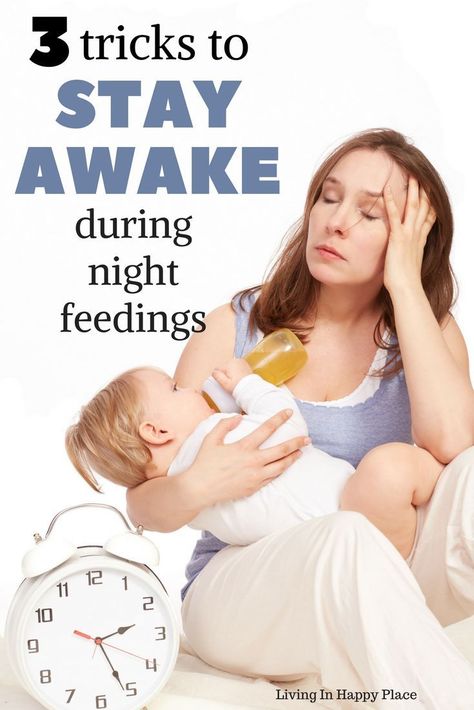 Breast milk contains a so-called feedback lactation inhibitor. When breastfeeding is stopped, this inhibitor tells your body to slow down milk production, but it can take days or even weeks for your breasts to rebuild.
Breast milk contains a so-called feedback lactation inhibitor. When breastfeeding is stopped, this inhibitor tells your body to slow down milk production, but it can take days or even weeks for your breasts to rebuild.
Certain medications can relieve pain and should be discussed with your doctor. Always follow your pharmacist's instructions or directions, and consult your healthcare professional before taking any medication.
“I had to abruptly stop breastfeeding when my daughter was eight months old because she had to take strong painkillers,” says Peggy, a mother from Switzerland. “It was very difficult because the baby was constantly looking for a breast and crying. I held her tightly to me as I gave her a bottle. This calmed her, and after a month everything was all right.
Can I continue breastfeeding if I want to get pregnant again?
Breastfeeding is a natural contraceptive. However, this method is not the most reliable, especially after six months or if you are not exclusively breastfeeding.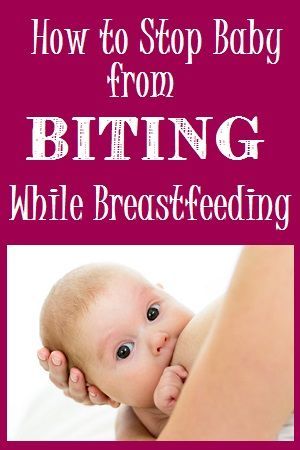 This means that you can get pregnant even while you are breastfeeding.
This means that you can get pregnant even while you are breastfeeding.
Pregnant and breastfeeding mothers sometimes receive conflicting advice about whether to stop breastfeeding. Consistent feeding of two children of different ages is of course possible, and with the advent of the second baby, your body will produce the kind of milk that both of them need.
It is not uncommon for an older child to refuse to breastfeed or skip feedings if the mother is pregnant. This may be due to changes in milk composition that occur during pregnancy. Milk can change the taste and become less sweet. 6 If your baby is under one year of age when he starts to stop breastfeeding, make sure he continues to gain weight.
Talk to your doctor if you want to continue breastfeeding during pregnancy, but have had a preterm birth or miscarriage, or have any bleeding in the past.
If you need medical help to conceive, certain drugs and procedures may not be suitable while you are breastfeeding. Discuss all possible options before deciding to stop breastfeeding.
Discuss all possible options before deciding to stop breastfeeding.
And finally...
Whenever you decide to end breastfeeding, and whatever method you choose to do so, be kind to yourself and your baby. This is a huge change for both of you physically, hormonally, and emotionally, so proceed thoughtfully and carefully.
“Although my body responded normally to stopping breastfeeding, it was psychologically difficult for me. The thing that united us for so long is over, - Jane, a mother of two children from the USA, shares her impressions, - I worked long hours, five days a week, and breastfeeding made me feel that I occupy a special place in the lives of children. But when it stopped, we soon found other ways to be together.”
Literature
1 World Health Organization. [Internet] Health Topics: Breastfeeding: 2018 [Accessed: 02/08/2018]. Available from : http://www.who.int/topics/breastfeeding/en - World Health Organization. "Health Issues: Breastfeeding" [Internet]. Geneva, Switzerland: WHO; 2018 [Visit 02/08/2018]. Article linked: http://www.who.int/topics/breastfeeding/e
"Health Issues: Breastfeeding" [Internet]. Geneva, Switzerland: WHO; 2018 [Visit 02/08/2018]. Article linked: http://www.who.int/topics/breastfeeding/e
2 Hassiotou et al. Maternal and infant infections stimulate a rapid leukocyte response in breastmilk. Clin Transl Immunology. 2013;2(4): e 3. - Hassiot F. et al., "Infectious diseases of the mother and child stimulate a rapid leukocyte reaction in breast milk." Clean Transl Immunology. 2013;2(4):e3.
3 Dettwyler KA. When to wean: biological versus cultural perspectives. Clin Obstet Gynecol . 2004; 47(3)712-723. - Dettwiler KA, "Time to wean: weaning from a biological and cultural point of view". Klin Obstet Ginekol (Clinical obstetrics and gynecology). 2004; 47(3):712-723.
4 Victora CG Breastfeeding in the 21st century: epidemiology, mechanisms, and lifelong effect.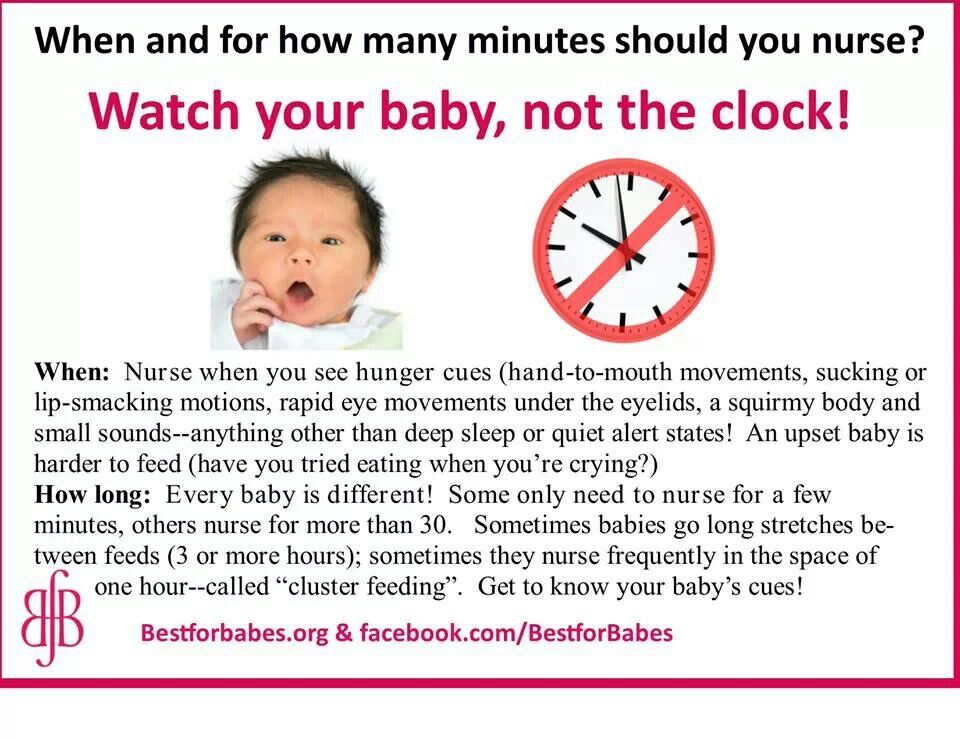 Lancet. 2016;387(10017):475-490. - Victor S.J. et al., "Breastfeeding in the 21st century: epidemiology, mechanisms and long-term effects". Lancet 2016;387(10017):475-490.
Lancet. 2016;387(10017):475-490. - Victor S.J. et al., "Breastfeeding in the 21st century: epidemiology, mechanisms and long-term effects". Lancet 2016;387(10017):475-490.
5 Dewey KG et al. Breast milk volume and composition during late lactation (7-20 months). J Pediatr Gastroenterol Nutr . 1984;3(5):713-720. — Dewey C.G. et al., "Amount and composition of breast milk in late lactation (7-20 months)". F Pediatrician Gastroenterol Nutr. 1984;3(5):713-720.
6 Prosser CG et al. Mammary gland function during gradual weaning and early gestation in women. Aust J Exp Biol Med 9021 9029 Sci. 1984;62( Pt 2):215-228. - Prosser S.G. et al., "Breast Function During Gradual Weaning and Early Gestation." Aust J Exp Biol Med Sai. 1984;62( Pt 2):215-228.
1984;62( Pt 2):215-228.
How to stop breastfeeding | Philips Avent
search support iconSearch Keywords
Home ›› How to end breastfeeding comfortably for mom and baby
Home ›› How to end breastfeeding comfortably for mom and baby
9003 ↑ 05
When and how to stop breastfeeding? Like all good things, breastfeeding eventually comes to an end.
Weaning is an important decision for both mother and baby, and the decision is entirely up to them. When the mother and baby are ready to start weaning, there are a few tips and techniques to help make the transition a positive one.
3 Philips Avent products to support you when you stop breastfeeding:
When should I start weaning my baby?
There is no definite and correct period for weaning a child. The mother-child relationship is different for everyone, and weaning is a purely personal decision for mother and baby, which they make when both are ready.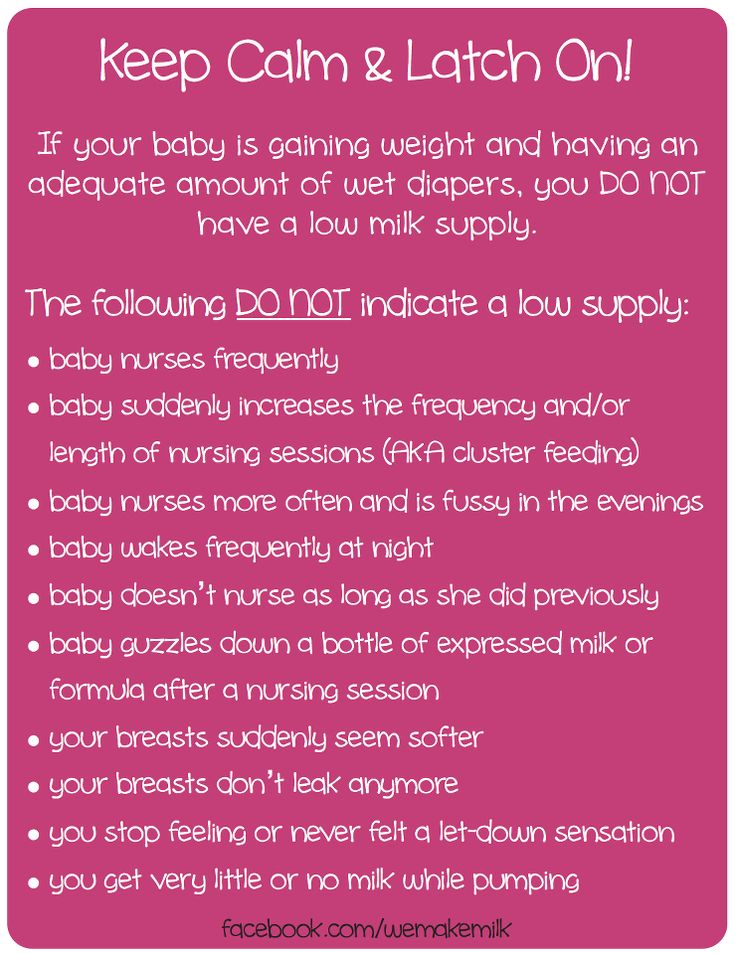
The World Health Organization (WHO) recommends exclusive breastfeeding for infants up to six months of age. Until a child reaches the age of one year, both solid food and breast milk must be present in his diet. If the baby is weaned before he is one year old, adapted infant formula can be fed instead of breast milk. If a baby is stopped breastfeeding at one year of age or older, infant formula milk products can be given instead. While the recommendations are, many mothers stop breastfeeding before their babies are 12 months old, and others breastfeed for up to two years or longer. The second option is called extended breastfeeding, and it's a completely healthy choice for mothers and babies who want to continue breastfeeding.
Signs that a baby is ready to wean
Mothers often wonder how to stop breastfeeding, because babies rarely just stop suckling. Weaning a baby from the breast is usually a gradual process for both the mother and the baby.
There are several signs that will let you know that the baby is ready to start weaning:
- disinterest or fussiness during feeding;
- reducing the duration of feedings;
- baby is easily distracted while feeding;
- the child plays while suckling, eg pulling or biting the breast;
- baby suckles lightly but does not extract milk.
How do I wean a baby?
When mom and baby decide it's time to stop breastfeeding, there are a few things to keep in mind to make the transition smoother.
Here are our tips for weaning your baby when the time is right:
1. Wean gradually. When you decide to wean a baby, remember the main thing: do it gradually. This is necessary so that both mother and baby can adapt to physical and emotional changes. In addition, the gradual cessation of breastfeeding helps mothers avoid problems such as engorgement and general breast discomfort.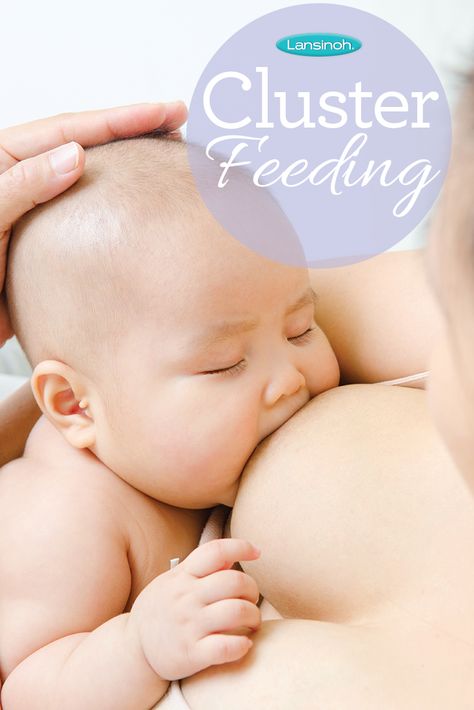
2. Express milk. To prevent breast engorgement when breastfeeding is stopped, the mother may need to express her milk, especially if the baby is less than a year old. One way to reduce and gradually stop breast milk production is to express less and less milk so that less milk is produced. Since pumping stimulates the flow of milk, it is important to use the pump for a shorter time than the duration of feeding the baby. Gradually, milk production will decrease and eventually stop completely.
Check out the Natural Motion Electronic Breast Pump, which combines nipple stimulation and pumping like a baby does for natural and gentle pumping.
3. Reduce the number of daily feedings by one every week. We recommend eliminating one of the daily feedings each week, such as feeding at noon or at another time, depending on which one the child likes the least. The latter, as a rule, exclude feeding before bedtime and immediately after waking up.
During the weaning period, the mother's breasts will continue to produce milk until she completely stops breastfeeding.
During this period, mums will love these soft bra pads to keep their clothes dry and clean all day long.
Check out this Natural bottle with an ultra-soft, breast-like nipple to help make the transition from breast to bottle easier.
4. Extra hugs may be needed. In addition to the physical changes that stopping breastfeeding brings, moms and babies will also experience emotional changes. During this period, you should hug the baby more often and express your love to him. Caress and other acts of love can help mother and baby retain the closeness and togetherness that breastfeeding has given them.
5. Introduce complementary foods at your baby's usual feeding times. Another way to help your baby adjust to change is to give him complementary foods at his usual feeding times. Babies who are a year old or older can substitute cow's milk for breast milk or offer other foods if the baby has already switched to solid foods.
We also recommend watching the webinar "How to End Breastfeeding Comfortably and Painlessly: Tips and Tricks".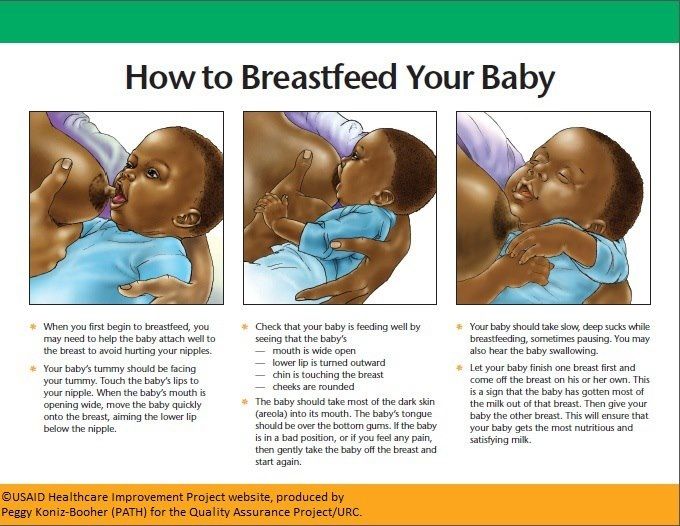
Although weaning is the natural end to breastfeeding, a mother can make a huge difference in her baby's life at this stage. Along with a new sense of pride in a child who is growing and developing, it is quite natural for a mother to feel sadness. Breastfeeding creates a special bond between mother and baby. Therefore, breastfeeding mothers often find it difficult to say goodbye to breastfeeding.
If you have any questions, be sure to contact a specialist to get his opinion.
Philips Avent Articles & Tips
Baby+ App
Download the app and track your baby's development and growth with trackers and keep those special moments forever.
Download app:
You are leaving the Philips Healthcare (“Philips”) official website. Any links to third party websites that may be included on this site are provided solely as a convenience to you. Philips makes no warranties regarding any third party websites or the information they contain.

